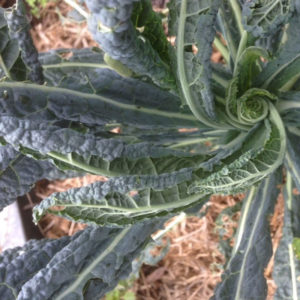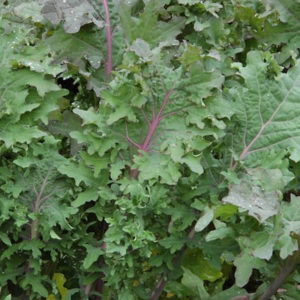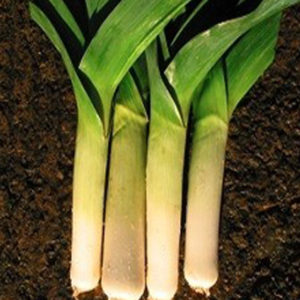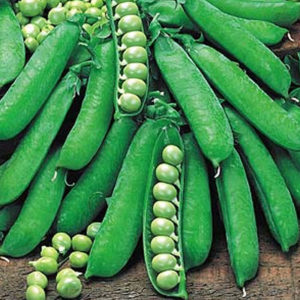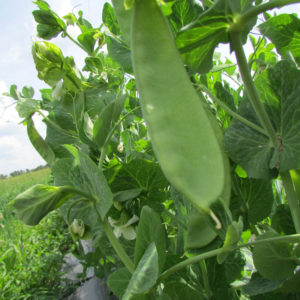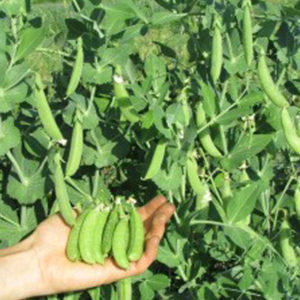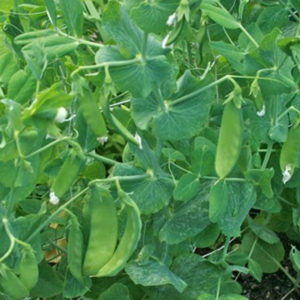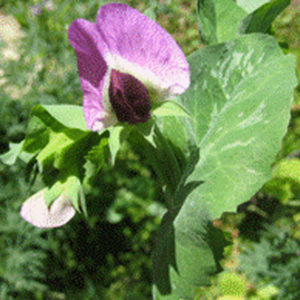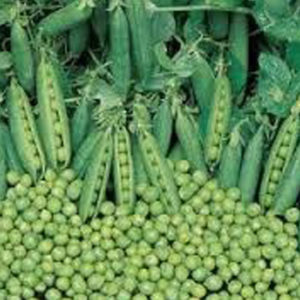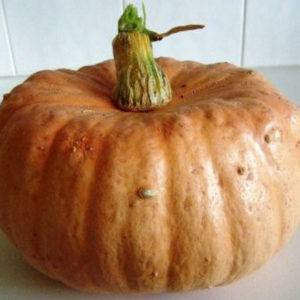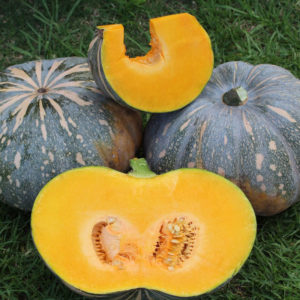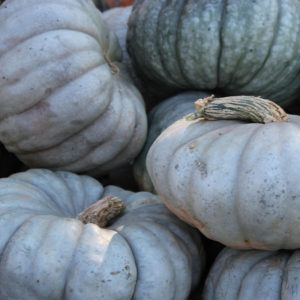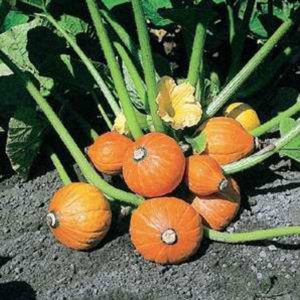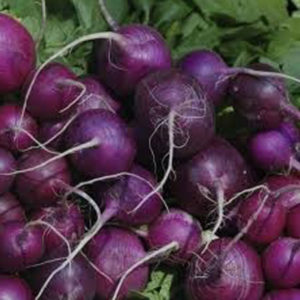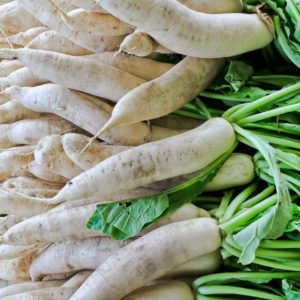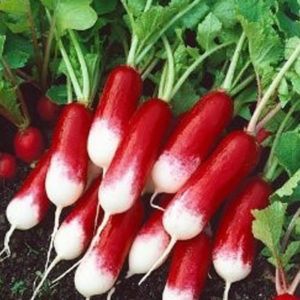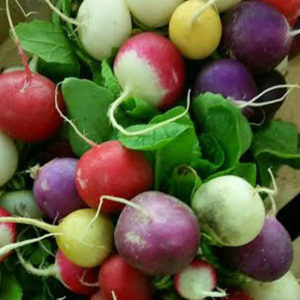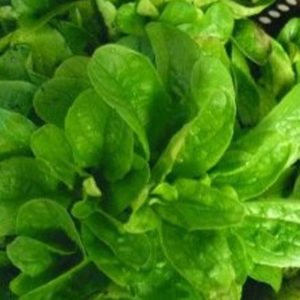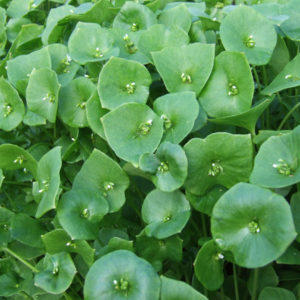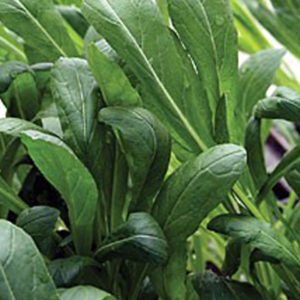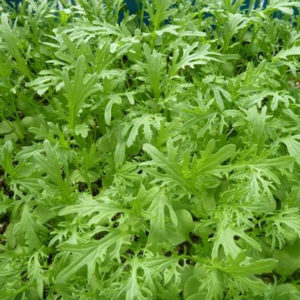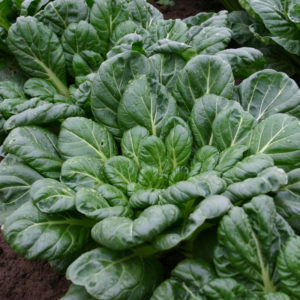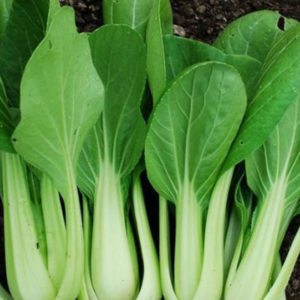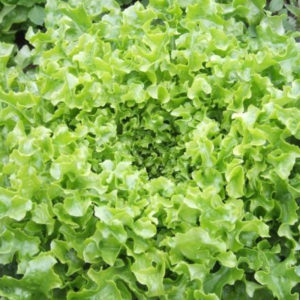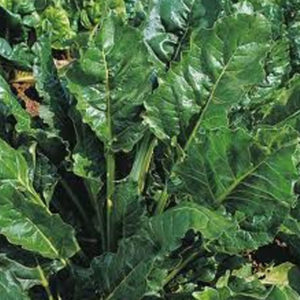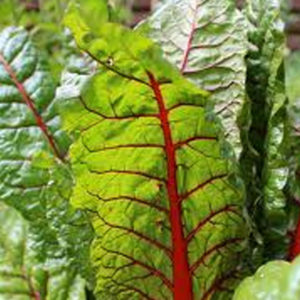-
Out of stock
 Brassica oleracea Also known as 'Two Peters' this is the softest kale with long green serrated leaves that are side picked and steamed or used fresh while leaves are small. Loves the cooler months this tasty Russian variety is great in smoothies. Plant direct or in trays Autumn to late Spring.
Brassica oleracea Also known as 'Two Peters' this is the softest kale with long green serrated leaves that are side picked and steamed or used fresh while leaves are small. Loves the cooler months this tasty Russian variety is great in smoothies. Plant direct or in trays Autumn to late Spring. -
 Allium ampeloprasum var. porrum An old heirloom known in American seed catalogues since 1870. Also known as Giant Musselburgh. White long thick stems with creamy heart. Will blanch by hilling up as extends. Plant Autumn-Spring direct or trays & plant out 10cm apart in well composted soil full sun. Mulch well. Harvest as spring onions or strong leeks.
Allium ampeloprasum var. porrum An old heirloom known in American seed catalogues since 1870. Also known as Giant Musselburgh. White long thick stems with creamy heart. Will blanch by hilling up as extends. Plant Autumn-Spring direct or trays & plant out 10cm apart in well composted soil full sun. Mulch well. Harvest as spring onions or strong leeks. -
Out of stock
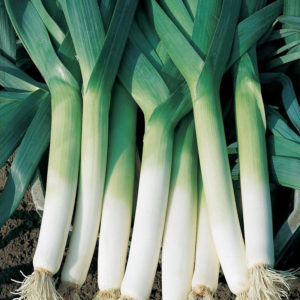
Allium ampeloprasum Bulgarian leek slender and flavoursome that grows quickly & can be used small as onion or 45cm as leek.
-
Out of stock
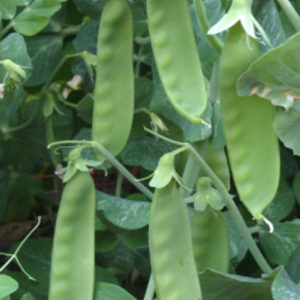 Pisum sativum This green devil dark green snowpea offers good pod shape at 11cm long and good disease resistance.
Pisum sativum This green devil dark green snowpea offers good pod shape at 11cm long and good disease resistance. -
Out of stock
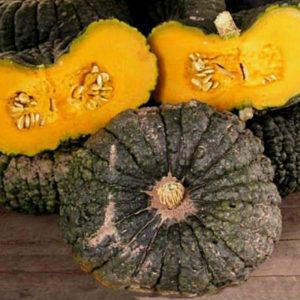 Cucurbita maxima An old heirloom that has brought back a lot of memories from some of our customers, of mum using the axe to get the first cut. When first picked the skin is quite thin and will thicken as its stores, which it does well.
Cucurbita maxima An old heirloom that has brought back a lot of memories from some of our customers, of mum using the axe to get the first cut. When first picked the skin is quite thin and will thicken as its stores, which it does well. -
 Cucurbita moschata Pear shaped pumpkin with pale orange skin, deep orange flesh and small seed cavity. Up to 3kg it’s an ideal size for family's and cooks up any way perfectly. Really good flavour and known through out the world now by many names. Only a reasonable storer compared to others, meaning it will get through winter but no more.
Cucurbita moschata Pear shaped pumpkin with pale orange skin, deep orange flesh and small seed cavity. Up to 3kg it’s an ideal size for family's and cooks up any way perfectly. Really good flavour and known through out the world now by many names. Only a reasonable storer compared to others, meaning it will get through winter but no more. -
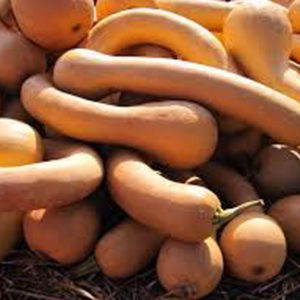
Cucurbita moschate An unusual ‘pumpkin’ in that it’s delicious while still young, picked and eaten like a squash or zucchini. Allowed to mature the skin hardens then Tromboccini should be eaten like a pumpkin. Not as sweet as some it still has great flavour and texture. When baked we added herbs and spices which it absorbed beautifully. Great watching the vines spread either on ground where squashes will ‘curl’ or on fence lines where squashes will hang straight.
-
 Cucurbita pepo This is a remarkable pumpkin? squash? whatever you'd like to call it. Large vine producing round green golden stripey fruit that ripens like most pumpkins, leaving them to mature on vine. Finally once opened there's the gift of sweet golden squash like flesh (great for soups) and delicious fresh pepita's which are so good for you. Plant needs lots of room and sun to prosper.
Cucurbita pepo This is a remarkable pumpkin? squash? whatever you'd like to call it. Large vine producing round green golden stripey fruit that ripens like most pumpkins, leaving them to mature on vine. Finally once opened there's the gift of sweet golden squash like flesh (great for soups) and delicious fresh pepita's which are so good for you. Plant needs lots of room and sun to prosper. -
Out of stock
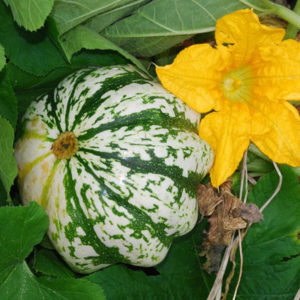 Cucurbita pepo Remarkably sweet small fruit 400gms growing from moderately creeping vine needing good sun and soil. Highly recommended as it's taste is a surprise it's sweetness more so, and just the right size for a meal.
Cucurbita pepo Remarkably sweet small fruit 400gms growing from moderately creeping vine needing good sun and soil. Highly recommended as it's taste is a surprise it's sweetness more so, and just the right size for a meal. -
Out of stock
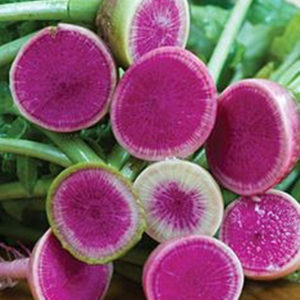 Raphanus sativus Originating from the Daikon family this lovely white radish with deep pink flesh looks beautiful sliced into all dishes. Growing habits same as all radish though not liking hot summers.
Raphanus sativus Originating from the Daikon family this lovely white radish with deep pink flesh looks beautiful sliced into all dishes. Growing habits same as all radish though not liking hot summers. -
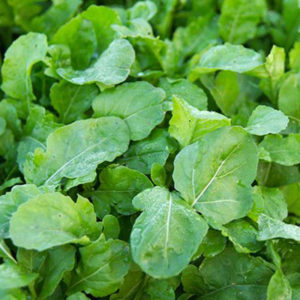 Eruca sativa An annual plant commonly known as salad rocket, arugula, colewort. A unique flavour with a hint of heat if grown during the cool months and lots of heat in the hot months. Side picked for salads since the Roman times rocket is used for everything from salads to additions to pizzas. Grow direct all year round.
Eruca sativa An annual plant commonly known as salad rocket, arugula, colewort. A unique flavour with a hint of heat if grown during the cool months and lots of heat in the hot months. Side picked for salads since the Roman times rocket is used for everything from salads to additions to pizzas. Grow direct all year round. -
 Barbarea verna Slightly hotter than watercress but a very similar flavour. Does not need water to grow. Often grown for it’s affective deterrent of white butterfly larvae which tend to eat the leaves even though it means their demise. Recommend planting throughout the garden when planting brassicas.
Barbarea verna Slightly hotter than watercress but a very similar flavour. Does not need water to grow. Often grown for it’s affective deterrent of white butterfly larvae which tend to eat the leaves even though it means their demise. Recommend planting throughout the garden when planting brassicas.

